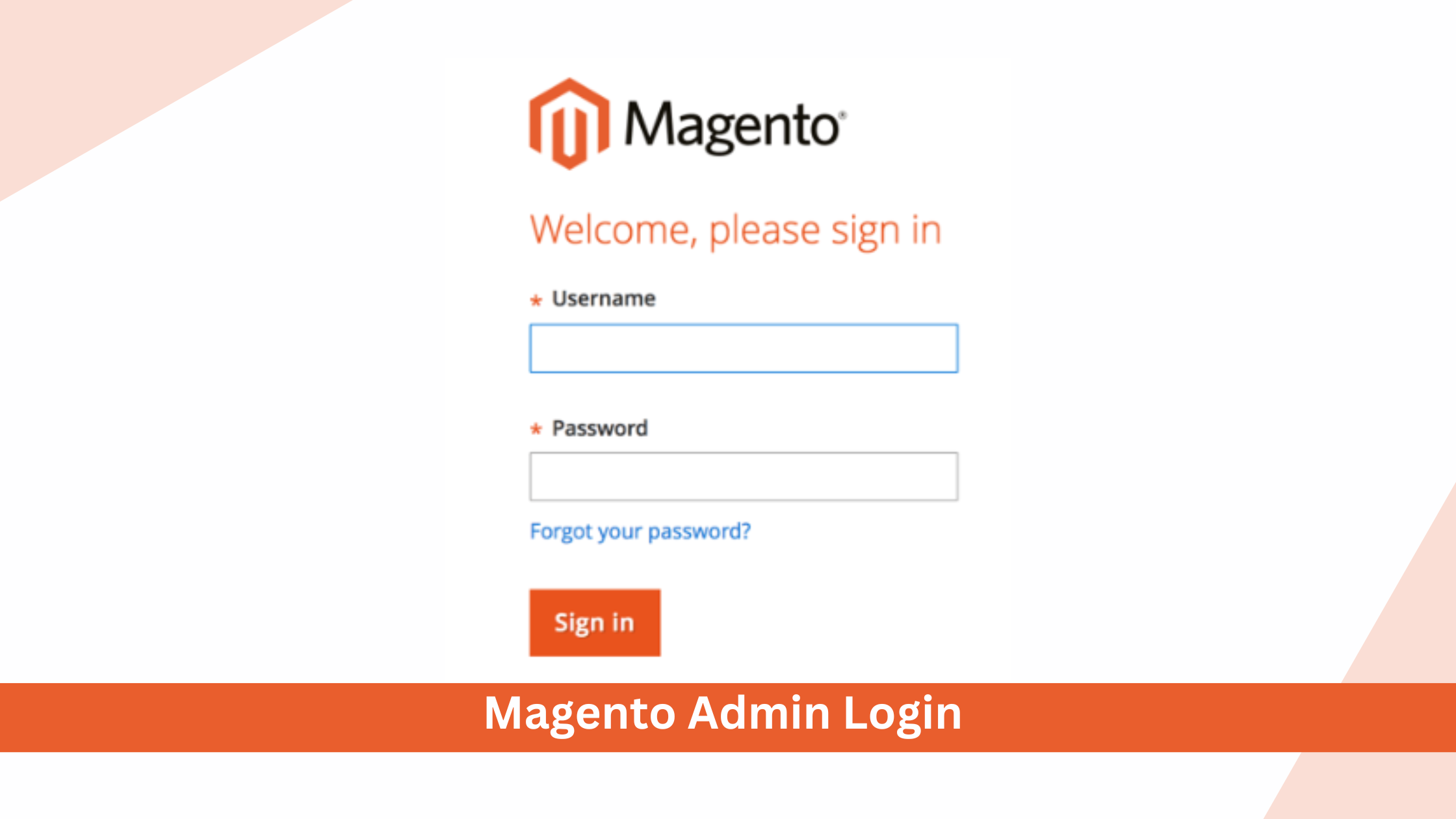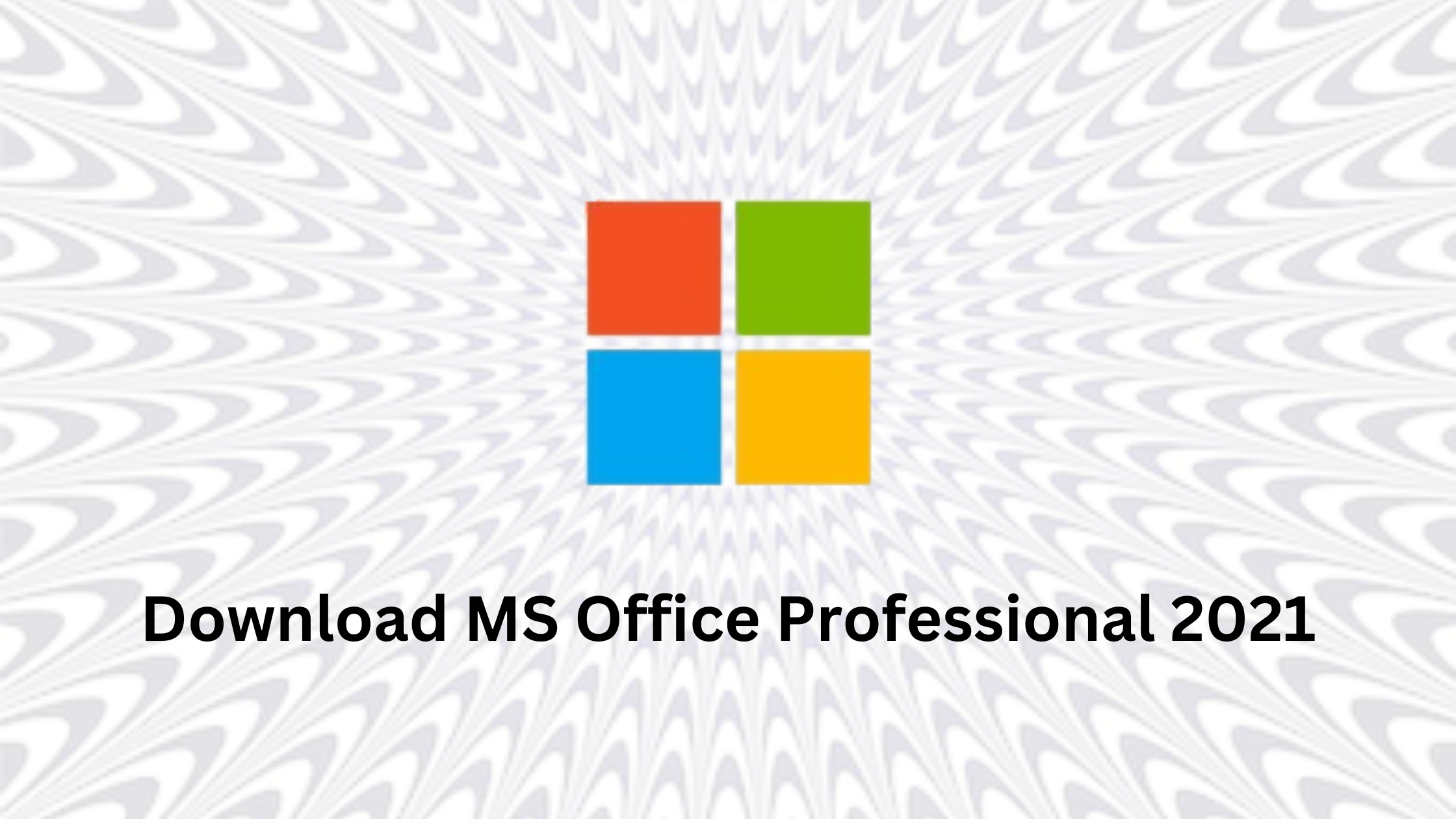Managing a Magento store is easy and simple. However, you may face login issues due to a number of reasons. In this guide, we will navigate the steps together, demystifying the login process and empowering you to explore the admin backend with confidence. It’s a realm of endless customization options, order management capabilities, and valuable data-driven insights. The Magento log in backend is where you take control and shape the destiny of your Magento-powered online store. You can also login to Magento as a customer and explore your store from a customer’s point of view.
If you’re new to Magento, we are here to make it accessible for everyone and explain each step.
How to login to Magento Admin Backend?
Log on to the Magento admin login page. This is the web address where you can access the Magento admin panel. It is typically something like: https://www.yourdomain.com/admin or https://www.yourdomain.com/index.php/admin.
Replace “yourdomain.com” with your actual domain name and enter. Let the page load and you will be asked for a username and password. These are your Magento 2 Login credentials shared by your web development company.
Enter your login credentials and click Sign-in. if the admin login URL and login credentials are correct, you will be able to access the Magento admin dashboard. if you are unable to access the admin account, you can consider reviewing the following reasons.
Why are you unable to Login to Magento Admin Backend?
Logging into the admin backed of your Magento store is easy and simple. If you are facing difficulty, there may be a few issues that are allowing you to access the admin panel. Some of the common reasons for being unsuccessful in accessing your store’s backend are:
Admin URL Path:
If you encounter an issue with the Magento admin login URL path, it’s likely due to a mistyped URL or a momentary lapse where the admin path slipped your mind. Fear not! Simply verify that you’ve entered the correct path or consider changing the admin path for your Magento website. This simple step not only enhances security but also comes highly recommended.
Username or Password Woes:
This often occurs when using complex, recommended passwords, especially for diligent developers managing multiple websites. To safeguard your login credentials, it’s wise to securely store your usernames and passwords in a safe file. And should you find yourself locked out, don’t panic! Resetting your password and logging in afresh should do the trick.
Time Mismatch Troubles:
A discrepancy between your local computer time and server time wreaking havoc on your admin experience. It results in instant cookie invalidation and causes frustration. To avoid this headache, ensure that your server time is accurate and synchronized with your local computer time.
Incorrect permissions on var/session:
The session files are not being saved due to incorrect permissions. This roadblock can easily be overcome by ensuring the correct permissions are set on the var/session directory.
Incorrect configuration of session storage:
Another obstacle in your path is the incorrect configuration of your database, Redis, or other session storage. This prevents the saving of session values. Fear not, my friends! Simply review and rectify the configuration to enable the smooth saving of session data.
Early instantiation of sessions by a module:
Beware of modules that instantiate sessions too early, as this can prevent the proper setting of session names. Keep a keen eye out for any such instances and ensure that sessions are initialized at the appropriate time for smooth sailing.
Multiple URLs and Cookie Domains:
if you are a skilled developer and managing multiple URLs, you may be juggling with numerous cookie domains. This versatility leads to complex web development tasks and results in Magento admin log in issues.
Elusive Bug Caused by File Modification:
The perplexing bug that emerges when another developer modifies the app\code\core\Mage\Core\Model\Session\Abstract\Varien.php file. Tracking down this bug can be a daunting task, but fear not! With your expertise and determination, you’ll unearth its hiding place and set things right.
Mismatched Cookie Domain Configuration:
Beware of the cookie domain mismatch lurking in the depths of System -> Configuration -> Web -> Session Cookie Management. This misalignment between the configured domain and the actual site domain can cause unexpected issues. Stay vigilant and ensure they are in perfect harmony.
Localhost and Webkit Woes:
As you utilize localhost as your server domain, be aware of potential troubles when working with specific versions of WebKit. These versions may have bugs or difficulties in setting cookies for localhost in specific scenarios. Keep a watchful eye on this compatibility concern.
Short-Term Fix:
In the face of persistent issues, a short-term solution often suffices – delete your cookie for the domain in question. This straightforward action can often resolve the problem and get you back on track. However, if the issue persists, delve deeper into the aforementioned factors and take the necessary steps to address them. This may involve fixing permissions or implementing other appropriate measures.
Conclusion
Embrace these challenges, fellow developers, armed with your expertise and problem-solving skills. With each obstacle overcome, your coding prowess will shine brighter, leading to remarkable achievements in your web development journey.

The Search Engine Cage team is on a mission to educate entrepreneurs. We make things easier for the small business owner, by writing articles that help them to understand SEO and Digital Marketing.







